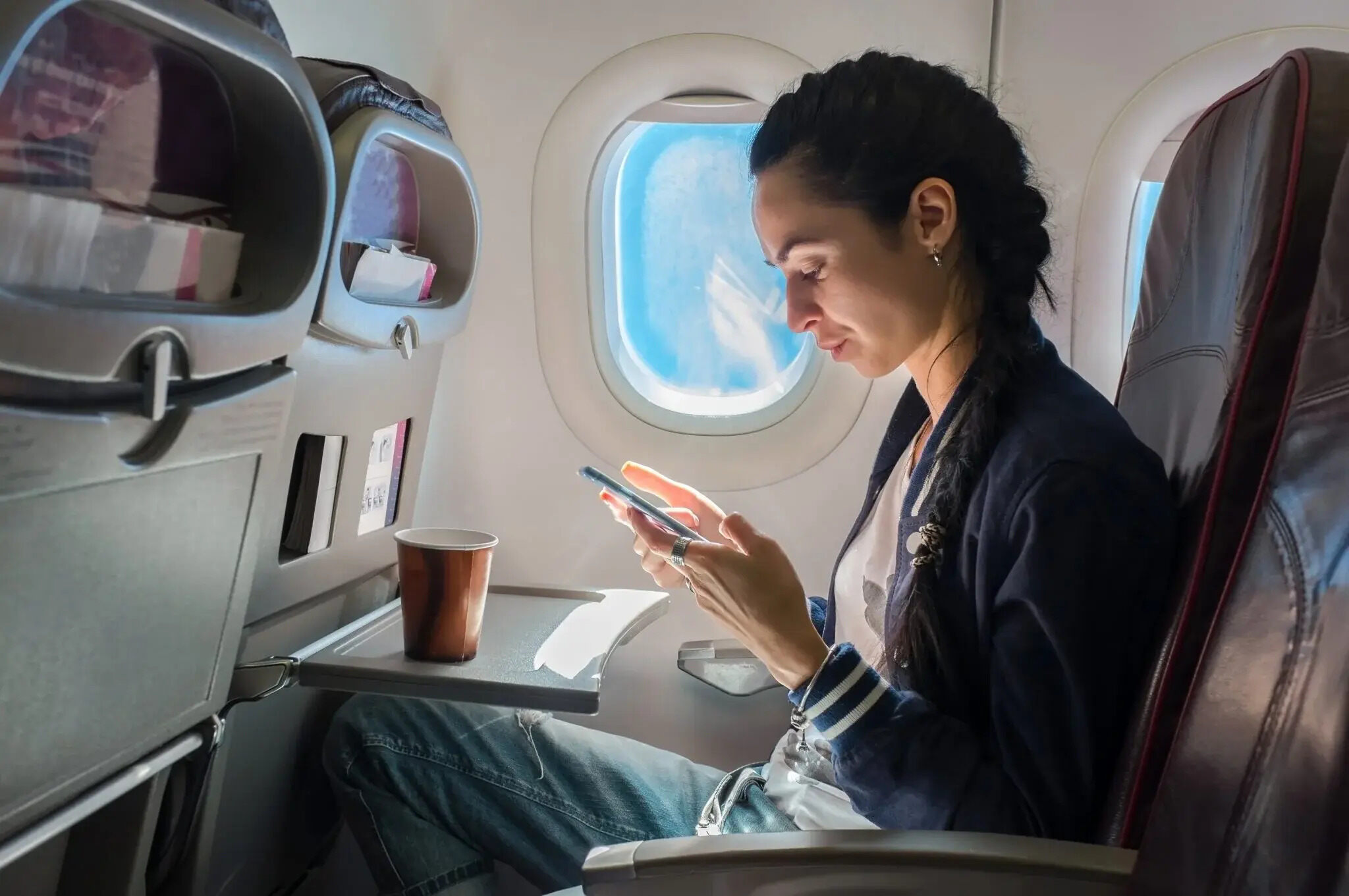
Ever wondered how you can stream your favorite shows while flying at 35,000 feet? In-flight Wi-Fi has transformed air travel, making it possible to stay connected even in the skies. Whether you're a frequent flyer or an occasional traveler, understanding the ins and outs of this technology can enhance your journey. From its origins to the latest advancements, in-flight Wi-Fi is more than just a convenience—it's a marvel of modern engineering. How does it work? What are the limitations? Is it safe? Buckle up as we explore 30 fascinating facts about in-flight Wi-Fi that will make your next flight a bit more interesting.
The Evolution of In-Flight Wi-Fi
In-flight Wi-Fi has come a long way since its inception. From slow, unreliable connections to high-speed internet, the journey has been fascinating.
- First in-flight Wi-Fi service launched in 2004 by Boeing, called Connexion by Boeing. It was discontinued in 2006 due to high costs and low demand.
- Gogo Inc. introduced its in-flight Wi-Fi service in 2008, revolutionizing air travel connectivity.
- Satellite technology plays a crucial role in providing in-flight Wi-Fi, allowing planes to connect to the internet even over oceans.
- Air-to-ground systems use cell towers to provide internet to planes flying over land, offering faster speeds than satellite connections.
- Ka-band satellites offer higher bandwidth and faster speeds compared to older Ku-band satellites, improving the quality of in-flight Wi-Fi.
How In-Flight Wi-Fi Works
Understanding the mechanics behind in-flight Wi-Fi can help appreciate its complexity and the technology involved.
- Antennas on the plane receive signals from satellites or ground towers, enabling internet connectivity.
- Wi-Fi routers inside the aircraft distribute the internet signal to passengers' devices.
- Latency issues can occur due to the long distance signals travel from the plane to the satellite and back to Earth.
- Bandwidth limitations mean that speeds can vary depending on the number of users and the type of connection.
- Data compression techniques are used to optimize the limited bandwidth available on flights.
Airlines Offering In-Flight Wi-Fi
Many airlines now offer in-flight Wi-Fi, with varying levels of service and pricing.
- Delta Air Lines provides free in-flight Wi-Fi for messaging apps on most of its flights.
- Southwest Airlines offers Wi-Fi for a flat fee of $8 per day, regardless of the flight length.
- Emirates offers free Wi-Fi for the first 20MB of data, with additional data available for purchase.
- JetBlue provides free, high-speed Wi-Fi on all its flights, branded as Fly-Fi.
- Lufthansa offers FlyNet, which provides internet access on long-haul flights for a fee.
Benefits of In-Flight Wi-Fi
In-flight Wi-Fi offers numerous advantages for both passengers and airlines.
- Stay connected with family and friends through messaging apps and social media.
- Work remotely by accessing emails, documents, and video conferencing tools.
- Entertainment options expand with the ability to stream movies, music, and TV shows.
- Real-time updates on flight status, weather, and news keep passengers informed.
- Enhanced customer experience can lead to increased passenger satisfaction and loyalty.
Challenges and Limitations
Despite its benefits, in-flight Wi-Fi faces several challenges and limitations.
- High costs for airlines to install and maintain the necessary equipment.
- Limited bandwidth can lead to slow speeds, especially on crowded flights.
- Security concerns as in-flight Wi-Fi networks can be vulnerable to hacking.
- Regulatory issues with different countries having varying rules on in-flight connectivity.
- Weather interference can affect satellite signals, leading to connectivity issues.
Future of In-Flight Wi-Fi
The future of in-flight Wi-Fi looks promising, with advancements in technology and increasing demand.
- 5G technology could revolutionize in-flight Wi-Fi by providing faster speeds and lower latency.
- More satellites being launched, such as SpaceX's Starlink, will increase coverage and capacity.
- Improved security measures will help protect passengers' data and privacy.
- Lower costs as technology advances and more airlines adopt in-flight Wi-Fi.
- Seamless connectivity allowing passengers to stay connected from the gate to the sky and back.
The Future of In-Flight Wi-Fi
In-flight Wi-Fi has come a long way. From its humble beginnings to the high-speed connections available today, it’s clear that staying connected at 35,000 feet is no longer a luxury but a necessity. Airlines are investing heavily in better technology to ensure passengers can work, stream, and stay in touch during flights. As satellite technology advances, expect even faster and more reliable connections. This means fewer interruptions and more seamless browsing. So next time you’re flying, take a moment to appreciate the tech that keeps you connected. It’s not just about convenience; it’s about making the skies a little friendlier. Whether you’re a frequent flyer or an occasional traveler, in-flight Wi-Fi is here to stay, and it’s only getting better. Happy flying!
Was this page helpful?
Our commitment to delivering trustworthy and engaging content is at the heart of what we do. Each fact on our site is contributed by real users like you, bringing a wealth of diverse insights and information. To ensure the highest standards of accuracy and reliability, our dedicated editors meticulously review each submission. This process guarantees that the facts we share are not only fascinating but also credible. Trust in our commitment to quality and authenticity as you explore and learn with us.


